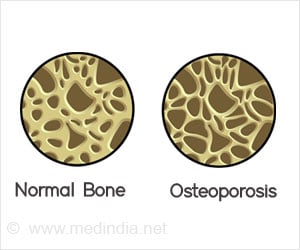Lessons learned at the Canadian-run military hospital in Kandahar, Afghanistan could help surgeons prepare for civilian disasters.
Lessons learned at the Canadian-run military hospital in Kandahar, Afghanistan could help surgeons prepare for civilian disasters, according to a London, Ontario physician who has served two tours at the hospital.
Dr. Vivian McAlister is a professor in the Department of Surgery at the Schulich School of Medicine & Dentistry at The University of Western Ontario and a general surgeon at the London Health Sciences Centre. He spent two months working at the Kandahar hospital in 2007 as a civilian surgeon before joining the Canadian Forces and doing a second tour at the hospital this past winter.War surgeons have developed ways to deal with situations where many severely injured patients are brought to hospital at the same time. McAlister says this knowledge would be very useful in civilian hospitals when dealing with catastrophes such as a bus crash on the 401 or a roof collapse in a school.
McAlister is preparing a course in catastrophic surgery which will be offered this September at the Canadian Surgery Forum in Victoria, British Columbia, so military surgeons can share these skills with their civilian colleagues.
"Combat surgery has taught us to rapidly transport patients to hospital resuscitating them along the way, to expedite life and limb-saving surgery, but then to send patients to the intensive care until their normal physiological status returns before attempting to complete surgery," says McAlister. "More patients have been saved using these techniques known as 'damage control resuscitation' than if definitive surgery is done up front." He says combat surgery also incorporates methods to help patients, friends and staff deal with the stress of these awful situations in order to minimize harmful responses.
An article by McAlister on the history of military surgery in Canada and how the knowledge gained at the field hospital transfers to civilian hospitals is published in the June issue of the Canadian Journal of Surgery.
Source-Eurekalert
SRM








